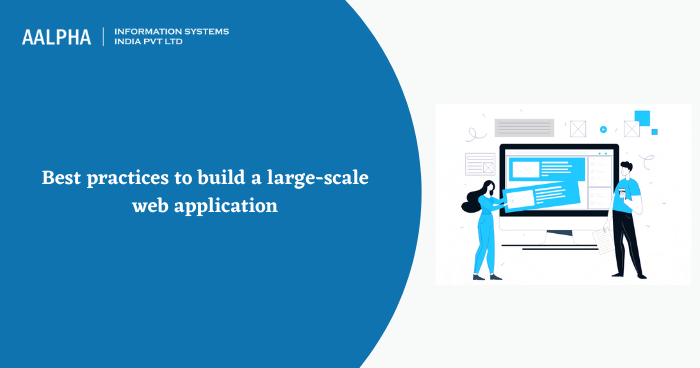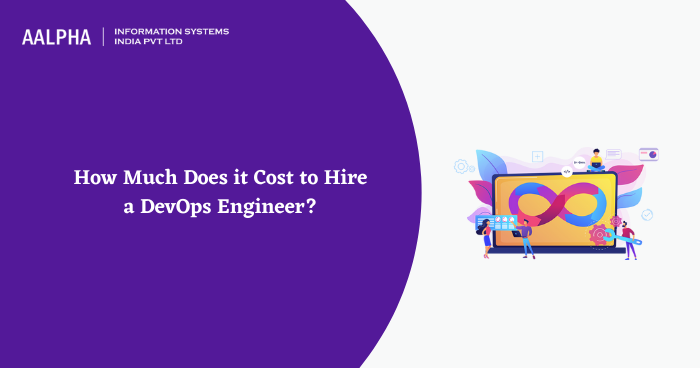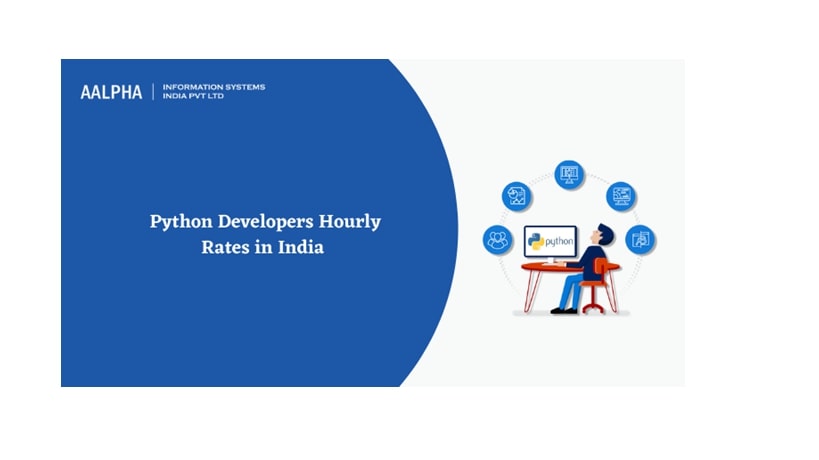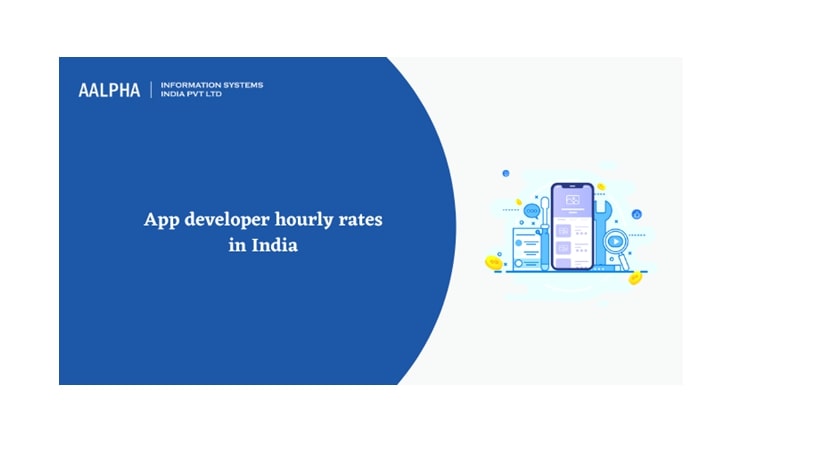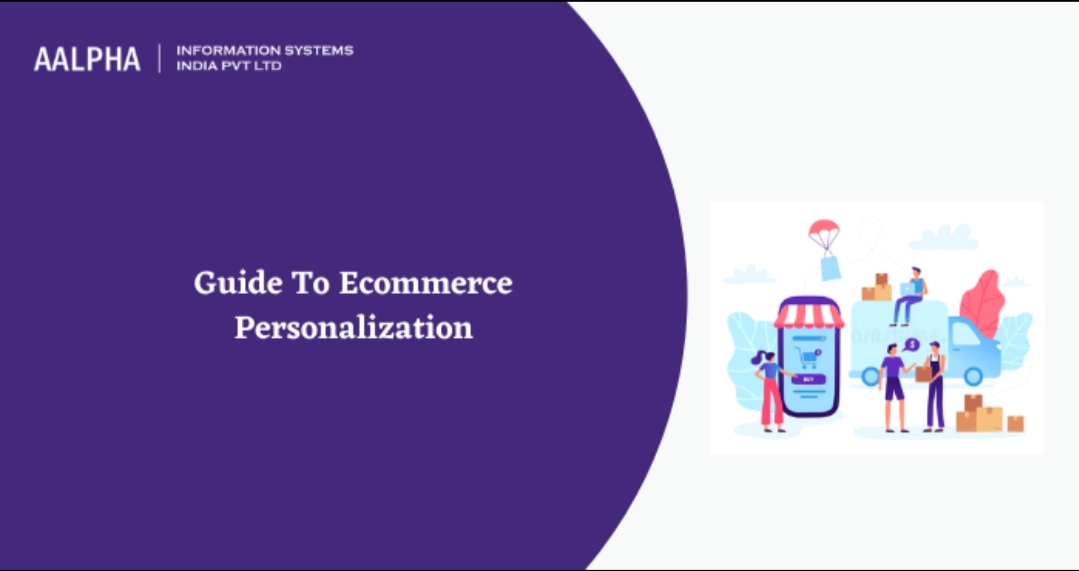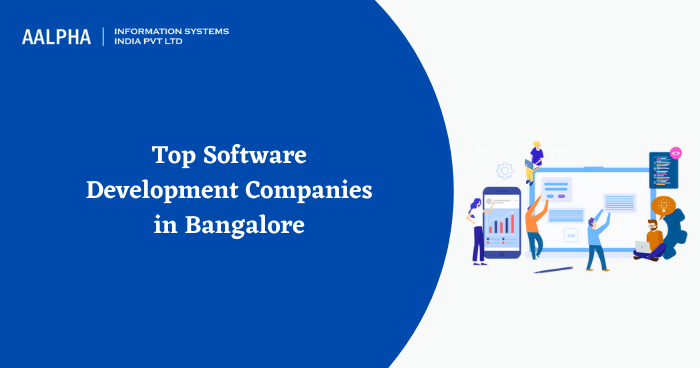First impression of your web or mobile application is what makes it go viral these days.
Especially when it is a website or a web application. How it interacts with the user makes a big difference. First impressions are the ones that decide if the user wants to interact with the website or not. Every user wants an application that is user friendly. Every developer wants to develop an application that keeps the user’s fingers coming back for seconds, and nothing could be better than Angular. However, hiring an angular developer is the next challenging job, to make this easier we have got you the angular developer’s hourly rate.
Before heading toward the rate let us learn all about angular developer.
What is Angular?
Angular is an open source typescript framework. Be it mobile application or web application Angular is the best choice for every developer and project manager these days. It is a cross platform framework which is usable to develop interactive web applications. With the advanced code and JavaScript support also being a part of its ecosystem, it is mainly use for bold, complex companies and complicated projects.
Angular ranked at the third most used web framework technology in 2020.
Now that is impressive.
The first version of angular Came in 2010 by the Google engineers Misko Hervey and Adam Abrons. It Named as AngularJS. A new version of the software comes in every six months. New versions consist of changes in the code which makes the previous versions of the code stop working. Even though there are a lot of versions of angular out there. Major changes
will not occur in every new version. With steady increase in popularity, it has become an important framework for developers to learn and explore.
Why Angular?
Angular is a platform that is favourable by many developers that makes it easier to build applications with the web. It’s strong base code and robust tools for creating client side (front side) of an application makes it one of the most famous frameworks in the market. Being developed, maintained and supported by a tech giant like Google makes it even more popular. With its high marketability pace it has become the go to for every frontside developer. The year 2019 has shown tremendous increase in the angular community. Right now it has one of the largest communities online which will help you find answers to any kind of obstacles that may come your way.
Advantages of Angular:
1. One of the primary advantages of angular is that it offers to turn HTML based documents into dynamic content.
2. Angular has made interaction and modification on HTML pages easier.
3. Each version provides strong trendy tools and improved performance but at a bigger scale.
4. It has been made more user friendly as the range of users increased.
5. Angular aims at large scale applications and provides an advanced modularity system with dependency injection which makes it highly configurative for complex applications.
6. It provides most common programming tasks like structuring UI (User Interface) and communication with back end structure via HTTP. It also favor’s e2e testing.
Roles and functions of Angular:
Primarily Angular is used to build complex web applications, universal apps. It is commonly used in enterprise level projects. Angular will take care of the tiny problems and reduce the time the developer needs to spend on the flow program. The developers write less code as it helps speed up the process
Is Angular similar to any other frameworks: On UI, it is similar to presentation later in JSP(Java Server Pages), JSF(Java Server Faces).
On the logic layer, it is like enterprise technologies such as Java/.net.
Angular is often compared to React as both are used for the development of single pages and mobile applications. But react is smaller in size and requires additional libraries.
Salary of a Angular developer
Many factors affects the Salary but the average salary of a angular developer is 10667.59$ per annum. Which ranges from about 6667.25$ to 18668.29$. Their hourly rates range from 3.41$ to 9.57$. The average hourly wage of an angular developer is 5.47$.
These numbers are not standard and are affected by a lot of factors like location, experience, company.
Locations with financial capital are the places with high salaries for developers like Delhi, Bangalore, Mumbai, Hyderabad and Pune.
Experience with no experience to little experience a fresher angular developer can work with a wage of 1.92$ per hour and as the experience increases the wages start picking up and with about 9+ years of experience which makes you a professional in the field will receive about 9.61$ hourly.
As the years of experience increases an angular developer need to keep up with the upcoming trends and be familiar with a variety of frameworks that will help them tackle anything that may come their way.
Future if angular:
With every version of angular that is being released it improves itself and comes up with even more tools and options than before. The demand for angular developers doesn’t look down at all. With the present speed it shows no signs of slowing down. So, now that you are looking for an angular developer and are aware of all the details you must hire him/her immediately.
Are you wishing to Hire Angular Developer! feel free to Contact Us.
Also check: Web Development Companies in Bangalore |



